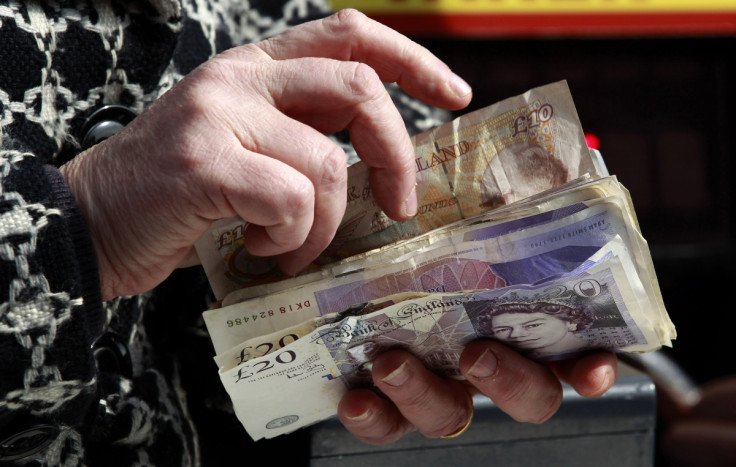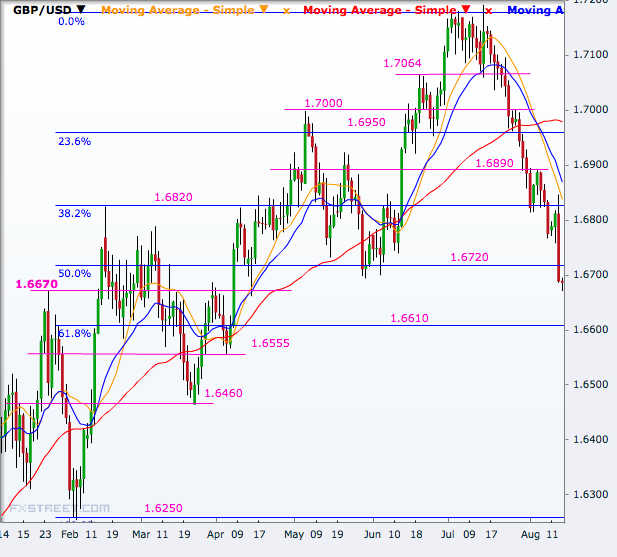Sterling Plunges to Four-Month Low on Wage Data and Carney's Comments

The British pound has fallen to a new four-month low versus the dollar after Bank of England governor Mark Carney related slowing wage growth to slack in the economy, indicating the central bank may take longer to start hiking interest rates.
The GBP/USD dropped to 1.6670 on 14 August, its lowest since 15 April, and 0.9% down from the level before the inflation report on Wednesday.
Average earnings including bonus fell 0.2% in the three months to June after rising 0.4% in the quarter to May while analysts had been expecting a softer reading of -0.1%, data showed on Wednesday.
Average earnings excluding bonus grew only 0.6% while the consensus was for an unchanged 0.7% rise.
"In light of the heightened uncertainty about the current degree of slack, the [Monetary Policy] Committee will be placing particular importance on the prospective paths for wages and unit labour costs," Carney said in his inflation report press conference.
Claimant count change in July was a drop of 33,600, better than analysts' estimates of -30,000 and worse than the previous month's -39,500.
The ILO unemployment rate as expected fell to 6.4% in the three months to June, down from 6.5% in May.
The sterling had rallied 12.5% in the one year through June but has since weakened 2.5%.
When compared to the first quarter inflation report on 14 May, the level of the GBP/USD was little changed at the time of the Q2 report, but the BoE says that the pound has rallied sharply in its effective exchange rate.
"The sterling effective exchange rate (ERI) has appreciated by around 2% since the May report, and by 14% since its March 2013 trough, reflecting rises against a range of currencies," the inflation report showed.
That leaves the sterling a little above the band in which it has been trading following the 2007–08 depreciation, the central bank said, adding that the rise in sterling may reflect the perceived strength of the economic outlook in the UK relative to its trading partners.
GBP/USD Technical Outlook
The pair has broken below the 50% Fibonacci retracement of its rally from the yearly low to the yearly high and is now eyeing the 61.8% level at 1.6610 as the immediate support.
Below that, 1.6555 and 1.6460 are the two levels to watch, after which there seems to be no stop until the February low of 1.6250. A break below that will expose levels below the psychologically important 1.6000 mark.
On the higher side, the 1.6813-1.6824 area makes the first resistance zone, in line with the 38.2% retracement. Then comes 1.6890 ahead of the 23.6% level of 1.6950.
Further north, 1.7000 and 1.7064 are the two levels to watch for, ahead of a retest of the ten-month high of 1.719 touched early July.

© Copyright IBTimes 2025. All rights reserved.




















